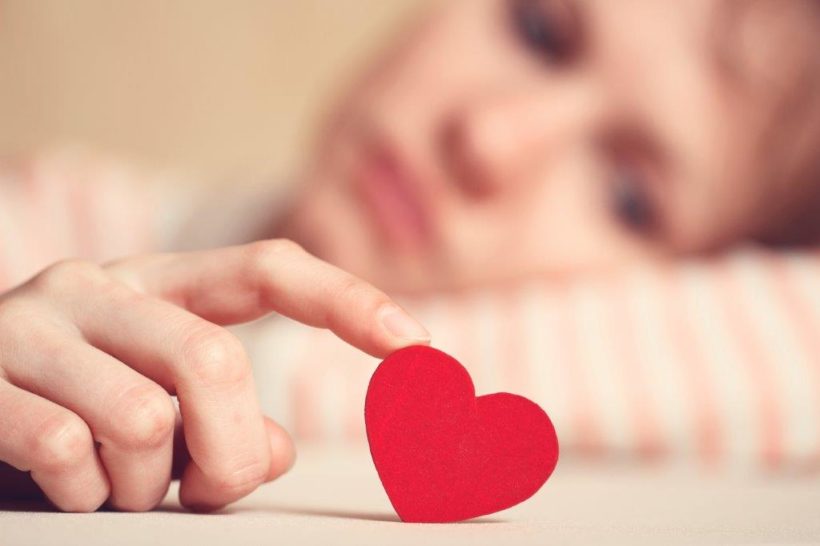
Let’s take a little quiz. Complete the quiz before you look at the answers below. Don’t worry – no grades.
- TRUE or FALSE: Girls at highest risk for dating violence are 20 to 30 years old.
- At what age does violent behavior start?
- TRUE or FALSE: 1 in 20 teens will be the victim of teen dating abuse
- TRUE or FALSE: If a teen is a victim of abuse, he/she will confide in a trusted adult.
- TRUE or FALSE: Only girls can be victims of teen dating violence
- FALSE– This was a trick question. It is teen dating violence awareness month. The highest risk age group is 16 to 24. They are roughly three times more likely than the rest of the population to be abused by an intimate partner. Violence against women occurs in approximately 20% of dating couples.
2. Violent behavior often begins between 6th and 12th grade. Adults don’t often like to acknowledge it, but 72% of 13 and 14 year olds are “dating.” One in five tweens knows someone who has been hurt in a relationship.
3. FALSE – 1 in 3 teens are victim to physical, sexual, verbal, or emotional dating abuse and 1 in 10 are victims of physical dating abuse.
4. FALSE: Only a third of abused teens tell anyone about the abusive relationship. Further, if they do disclose to anyone, it is more likely to be a friend. They are unlikely to tell adults because they may not trust adults, or fear getting into trouble, fear retaliation from the abuser, fear reaction from their parents, or fear stigma.
5. FALSE: While girls are at a higher overall risk of dating violence and at higher risk of injury as a result of dating violence, guys can be victims too. 1 in 10 men has experienced rape, physical violence, and/or stalking by an intimate partner. However, guys are much more likely to stay silent because of the stigma. The research on teen dating violence is different from adult dating violence. Research on high-risk teens suggests that teen boys may be just as likely to be physically and emotionally abused by a romantic partner as girls. However, the reasons that boys and girls engage in abuse appear to be different, the level of harm they cause is different, and boys risk appear to decrease as they get older (i.e., become adults).
So what are the warning signs?
- Isolation- She/he begins to spend less time with friends and family.
- Physical signs- Unexplained marks or bruises.
- Emotional changes- She/he is depressed or anxious.
- Constant communication- Her/his partner texts/emails/calls constantly.
- Change in behavior- She/he stops participating in extracurricular activities; changes in clothing; makes excuses to get out of activities or cover up his/her behavior or partner’s behavior.
- Jealousy issues- Her/his partner is extremely possessive/jealous.
- Need to impress- He/she might be receiving a lot of advice about choices in friends, hairstyle, clothes, etc. He/She may feel fear about what will happen if the advice is not followed.
What can you do if a teen you know may be involved in an unhealthy relationship?
The TO DOs:
- LISTEN to them. Most teens won’t talk to any adult. If they come to you, hear them out without judging.
- ACCEPT what they are telling you and BELEIVE them.
- RESPECT your child’s feelings by talking about behaviors that happened and not the person. The teen likely still has feelings for the person who was abusive and feels conflicted. By focusing on the behavior you do not like to see, rather than the person, you are less likely to alienate the teen.
- RESEARCH on your own about how you can help without rescuing.
- ASK them what they need from you to help them feel safe and how they want to move forward
What NOT to do:
- Don’t give ultimatums
- Don’t try to rescue them
- Don’t judge them
- Don’t punish them for their abusive partner’s behavior
- Don’t criticize the abusive partner
Even if your child is not in an unhealthy relationship, it is never too early to start talking about healthy relationships and what to look for in a dating partner. A great source for conversation starters in www.loveisrespect.org.
How else you can help in the fight against Teen Dating Violence
Get involved. The Lucas County Youth Sexual & Dating Violence Coalition’s (LCYSDVC) mission is to minimize teen dating violence and its effects by promoting awareness, increasing access to resources and evidence-based education, intervention, and policy, and to reduce victim blaming. The coalition is always seeking all help in furthering its mission. You can help by joining LCYSDVC’s social media campaign to spread awareness of teen dating violence and/or by coming to our monthly meetings.
FB: https://www.facebook.com/nomoreyouthviolence/
Instagram: https://www.instagram.com/lcysdvc/
LCYSDVC meets the first Wednesday of the month at the United Way, 12- 1:30 pm
Email: lcysdvc@gmail.com
Sources:
Dennis Reidy, Ph.D., Division of Violence Prevention, U.S. Centers for Disease Control and Prevention, Atlanta; Monica Haavisto Swahn, Ph.D., professor, epidemiology, Georgia State University School of Public Health, Atlanta; February 2016, Pediatrics
Mulford & Giordano, 2008, https://www.nij.gov/journals/261/pages/teen-dating-violence.aspx
The U.S. Centers for Disease Control and Prevention has more on teen dating violence.


